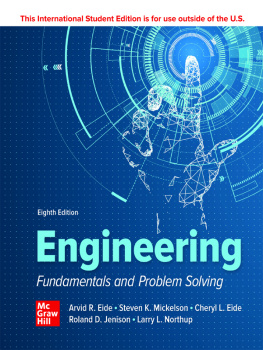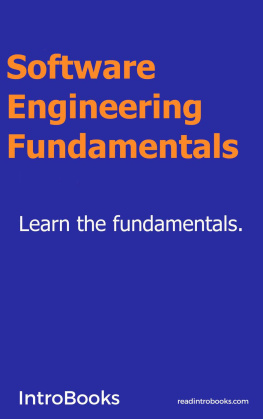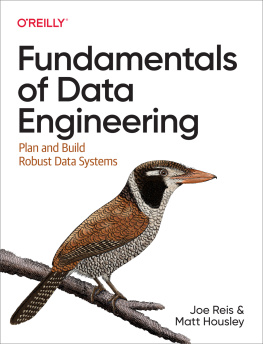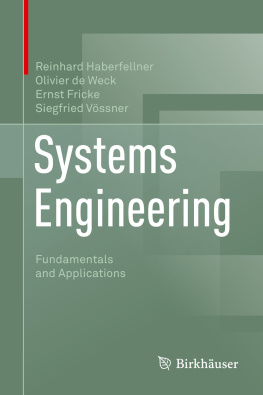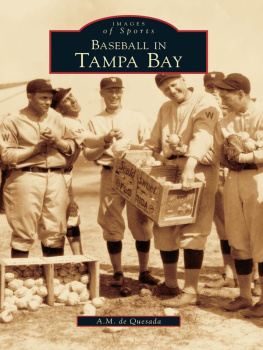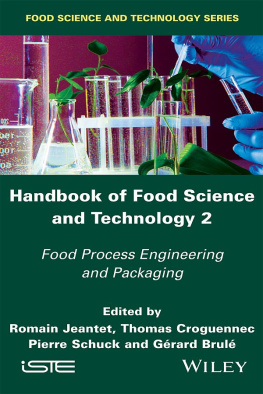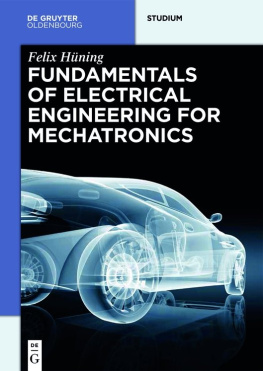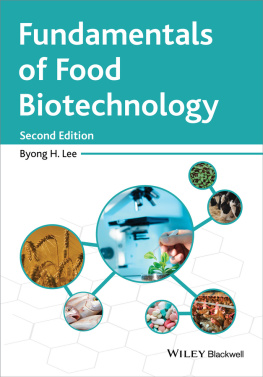Romeo T. Toledo - Fundamentals of Food Process Engineering
Here you can read online Romeo T. Toledo - Fundamentals of Food Process Engineering full text of the book (entire story) in english for free. Download pdf and epub, get meaning, cover and reviews about this ebook. year: 2018, publisher: Springer International Publishing, genre: Science. Description of the work, (preface) as well as reviews are available. Best literature library LitArk.com created for fans of good reading and offers a wide selection of genres:
Romance novel
Science fiction
Adventure
Detective
Science
History
Home and family
Prose
Art
Politics
Computer
Non-fiction
Religion
Business
Children
Humor
Choose a favorite category and find really read worthwhile books. Enjoy immersion in the world of imagination, feel the emotions of the characters or learn something new for yourself, make an fascinating discovery.
- Book:Fundamentals of Food Process Engineering
- Author:
- Publisher:Springer International Publishing
- Genre:
- Year:2018
- Rating:5 / 5
- Favourites:Add to favourites
- Your mark:
- 100
- 1
- 2
- 3
- 4
- 5
Fundamentals of Food Process Engineering: summary, description and annotation
We offer to read an annotation, description, summary or preface (depends on what the author of the book "Fundamentals of Food Process Engineering" wrote himself). If you haven't found the necessary information about the book — write in the comments, we will try to find it.
Fundamentals of Food Process Engineering — read online for free the complete book (whole text) full work
Below is the text of the book, divided by pages. System saving the place of the last page read, allows you to conveniently read the book "Fundamentals of Food Process Engineering" online for free, without having to search again every time where you left off. Put a bookmark, and you can go to the page where you finished reading at any time.
Font size:
Interval:
Bookmark:
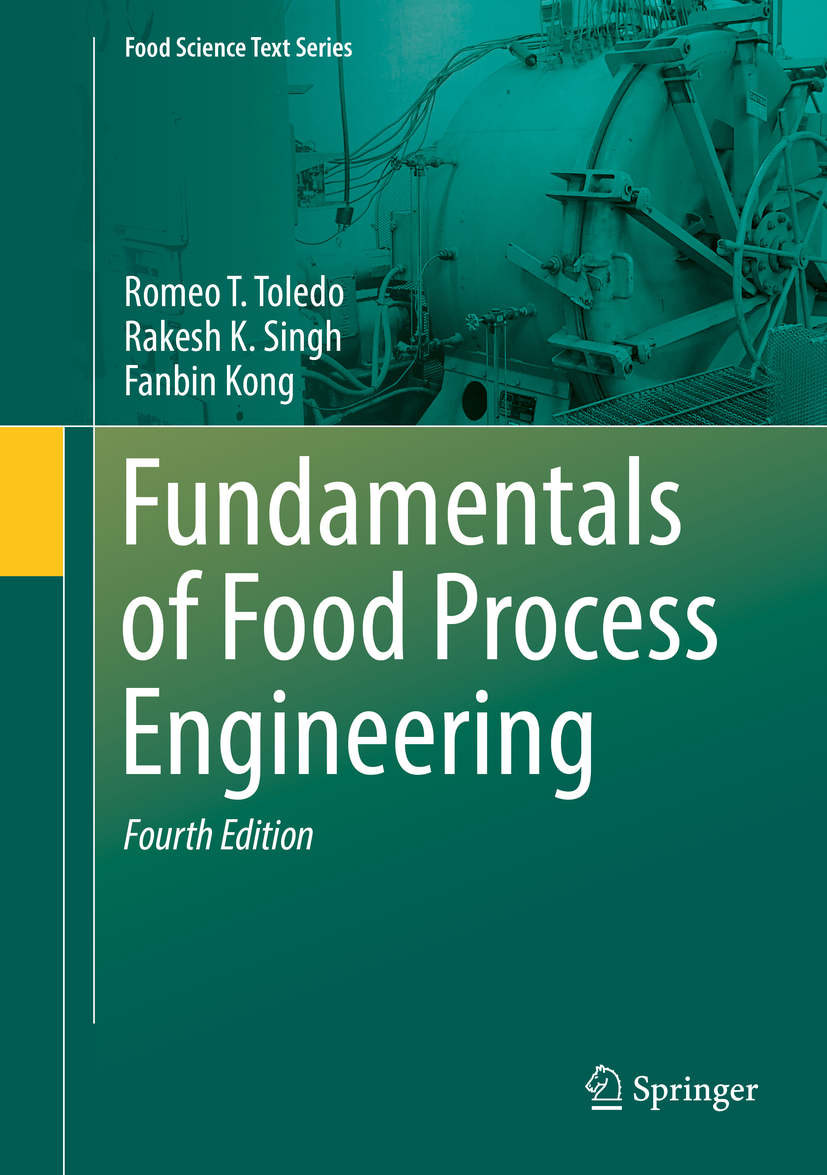
The Food Science Text Series provides faculty with the leading teaching tools. The Editorial Board has outlined the most appropriate and complete content for each food science course in a typical food science program and has identified textbooks of the highest quality, written by the leading food science educators.
More information about this series at http://www.springer.com/series/5999

This Springer imprint is published by the registered company Springer International Publishing AG part of Springer Nature.
The registered company address is: Gewerbestrasse 11, 6330 Cham, Switzerland
Since the publication of the first edition in 1981, the second edition in 2001, and the third edition in 2007, this textbook has been widely adopted for Food Engineering courses worldwide. The authors express their gratitude to colleagues who have adopted this textbook and to those who have made constructive criticisms on the materials in the previous editions. This new edition not only incorporates changes suggested by colleagues, but additional materials have been added to include facilitated problem-solving using a computer and new food processing and food product technologies, such aseptic processing and emerging food processing technologies. New sections have been added in most of the chapters reflecting the current state of the technology. The expanded coverage may result in not enough time available in a school term to cover all areas; therefore, instructors are advised to carefully peruse the book and select the most appropriate sections to cover in a school term. The advantage of the expanded coverage is the elimination of the need for a supplementary textbook.
The success of this textbook has been attributed to the expansive coverage of subject areas specified in the Institute of Food Technologists model curriculum for food science majors in the USA and the use of examples utilizing conditions encountered in actual food processing operations. This theme continues in the fourth edition. In addition to the emphasis on problem-solving, technological principles that form the basis for a process are presented so that the process can be better understood and selection of processing parameters to maximize product quality and safety can be made more effective. The fourth edition incorporates most of what was in the third edition with most of the material updated to include the use of computers in problem-solving. Use of the spreadsheet and macros such as the determinant for solving simultaneous linear equations, the solver function, and programming in Visual BASIC are used throughout the book. The manual problem-solving approach has not been abandoned in favor of the computer approach. Thus, users can still apply the concepts to better understand a process rather than just mechanically entering inputs into a preprogrammed algorithm.
Entirely new sections include enthalpy change calculations in freezing based on the freezing point depression, evaporative cooling, interpretation of pump performance curves, determination of shape factors in heat exchange by radiation, unsteady-state heat transfer, kinetic data for thermal degradation of foods during thermal processing, pasteurization parameters for shelf-stable high-acid foods and long-life refrigerated low-acid foods, high-pressure processing of fluid and packaged foods, concentration of juices, environmentally friendly refrigerants, modified atmosphere packaging of produce, sorption equations for water activity of solid foods, the osmotic pressure and water activity relationships, vacuum dehydration, new membranes commercially available for food processing and waste treatment, and supercritical fluid extraction.
This edition contains much new hard-to-find data needed to conduct food process engineering calculations and will be very useful as a sourcebook of data and calculation techniques for practicing food engineers.
Font size:
Interval:
Bookmark:
Similar books «Fundamentals of Food Process Engineering»
Look at similar books to Fundamentals of Food Process Engineering. We have selected literature similar in name and meaning in the hope of providing readers with more options to find new, interesting, not yet read works.
Discussion, reviews of the book Fundamentals of Food Process Engineering and just readers' own opinions. Leave your comments, write what you think about the work, its meaning or the main characters. Specify what exactly you liked and what you didn't like, and why you think so.



